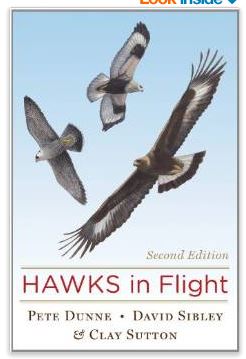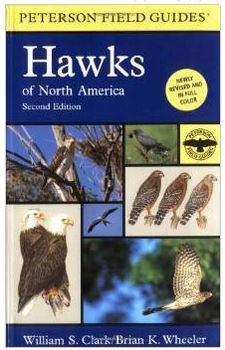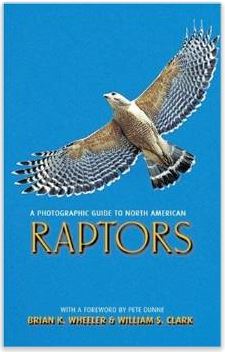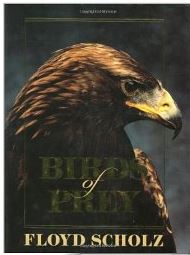A List of Hawk ID Guides and Resources
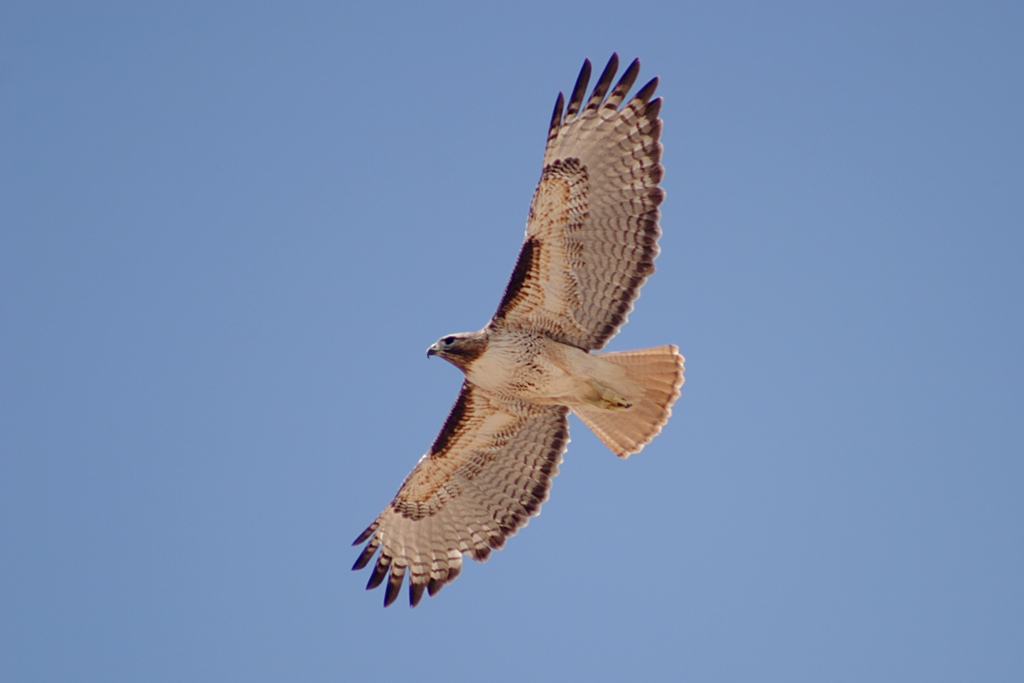
Hawk ID for Hawk Watching
Just out of college I began hawk watching for fun, and worked with Hawk Watch International through the forest service. I moved on to hawk watching at the Grand Canyon for a season, then later to the shores of Delaware and now Maryland. I like to encourage all beginning birders to start with raptors because they are charismatic and fairly easy to learn. No matter where you go in the US, raptors are there and they are magnificent birds to watch and enjoy. When I first started learning about raptors I was given a set of books that have stayed with me on all my journeys. Now, there are even more resources than when I started, including free online guides. However, I also like to encourage beginning and intermediate hawk watchers to stay low-tech and use paper based-field guides. I've already written a post about how to choose the best bird field guide, but I want to provide you with a list of hawk ID guides that you can use to prepare for hawk migration or for IDing hawks you're already seeing.
If you're looking for the one-off hawk ID, or just the occasional look-up then skip down to Peterson's field guide or the Photographic Guide to Raptors.
If you're serious about hawk watching, then the best hawk ID guide starts with black and white. 90% of the time that you see a raptor (bird of prey) it's going to be backlit against the sky, soaring far over head, or you'll get a quick glimpse as it flashes past on the highway. The best way to begin learning hawks is to start with guides that have drawings, without color, with the birds in a variety of positions (flying, banked, sitting, soaring, etc).
Hawks in Flight (Dunne, Sibley, and Sutton, $12
This is a great starting place, it is entirely black and white, with black and white drawings and photos. The images have comparisons of hawks next to each other, and great instructional texts.
Hawk Watch, a Guide for Beginners (Dunne, Keller, Kochenberger) $10
This is another great resource for learning raptors and identifying birds of prey in flight. They also give helpful information for those that want to learn the art of hawk watching and documentation.
A Field Guide to Hawks of North America, A Peterson Guide (Clark, Wheeler, Peterson) $10
This guide should be familiar to anyone that has used Peterson guides, with the characteristic plates and color drawings, as well as feature arrows. This gets more into the color realm, but focuses mostly on drawings, which is the way to go for field guides. Even though this is called a field guide to "hawks" it also includes other birds of prey like eagles and kites.
A Photographic Guide to Raptors (Wheeler, Williams, Clark) $18
This raptor guide is mostly photos, which I recommend looking at only after you have a good feel for the shapes and silhouettes of raptors in black and white. However, color photos can be very useful, especially when looking for things like chest coloration, tail color, or even eye color in juveniles.
Hawks at a Distance, Identification of Migrant Raptors (Ligouri), $15
This field guide is another that involves pictures or photos. It is geared towards hawk watchers, and thosewho observe hawks at a distance. However, it can be quite helpful as a supplement to the black and white guides, to help begin identification of raptors flying overhead and at great distances.
The Crossley ID Guide: Raptors (CRossley, Liguori, and Sullivan), $22
Crossley guides are fun as an addition to a raptor library, or as a hawk ID guide supplement, but not for just starting to learn how to ID birds of prey. The illustrations in the guide have 5-10+ drawings of hawks and raptors at different distances, in the sky, on the ground, on a fence post, all as one color photo montage. This can be confusing for some beginners, but also helpful because these montages show birds in a variety of poses and angles. The books are quite large, and not really suited for field work. However, they make great coffee table books, or study books in a restaurant or coffee shop. Here's where you can find a sampler of the plates and text: https://press.princeton.edu/crossley/sampler-raptor-guide.pdf.
Birds of Prey (Floyd Scholz), $40
As an artist and birder, I find that sometimes books of animal photos are really quite useful for learning their anatomy and physiology. The Scholz book is no exception. He has amazing print quality photos of birds of prey in this book. You can see down to the finest feather and foot scale. It's a great reference, and a wonderful study. I know it's expensive, but it's well worth the price. It also includes drawings and illustrations of anatomy. Check out the link above to see samples of the images.
Here are some electronic resources to check out for raptor ID too:
- Hawk Migration Association of North America: Free printable and downloadable raptor ID silhouette guide.
- National Audubon: Online guide to birds of North America (they also have an App that is a few dollars). This particular link is for the Hawks and Eagles.
- Hawk Mountain Sanctuary online hawk ID guide.
- Cornell Lab of Ornithology, archived Raptor ID webinar (5 classes) online ($10-$12)
- Free Chart of raptor flight ID comparison, this is all text.
There are many resources out there, and the best thing you can do is just go out and get started. Try birding with experienced birders if possible. You can also visit nature centers, zoos, and raptor rehabilitation centers to learn more about the birds. Seeing them up close and personal really helps in later IDing. Happy hawking!


